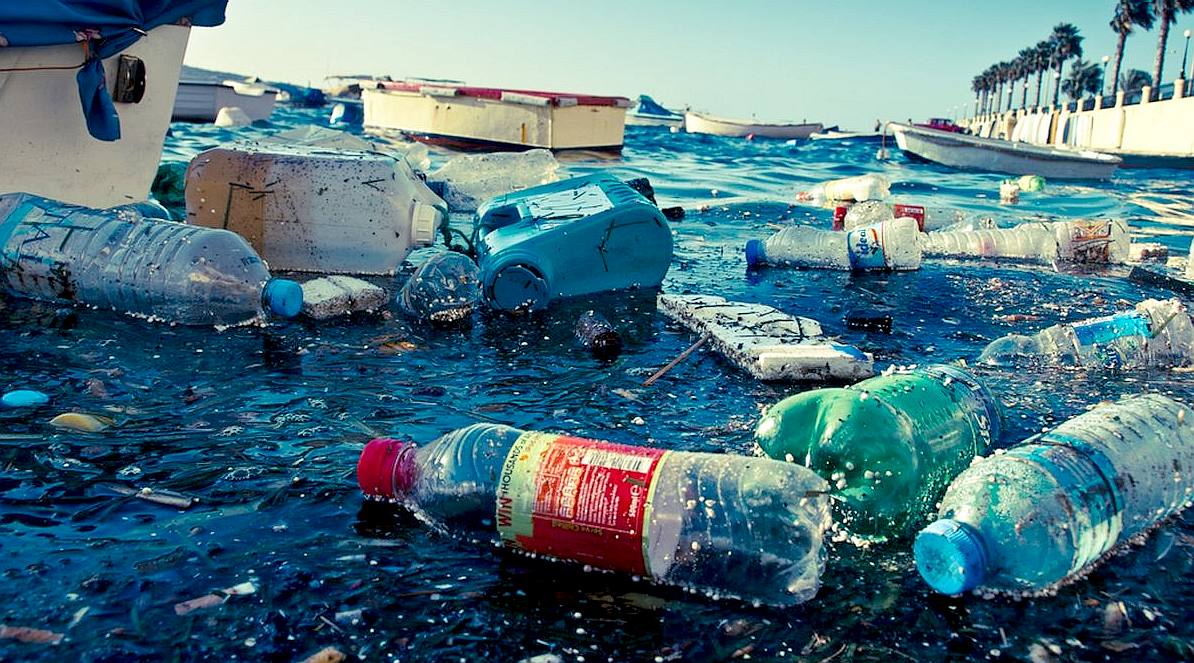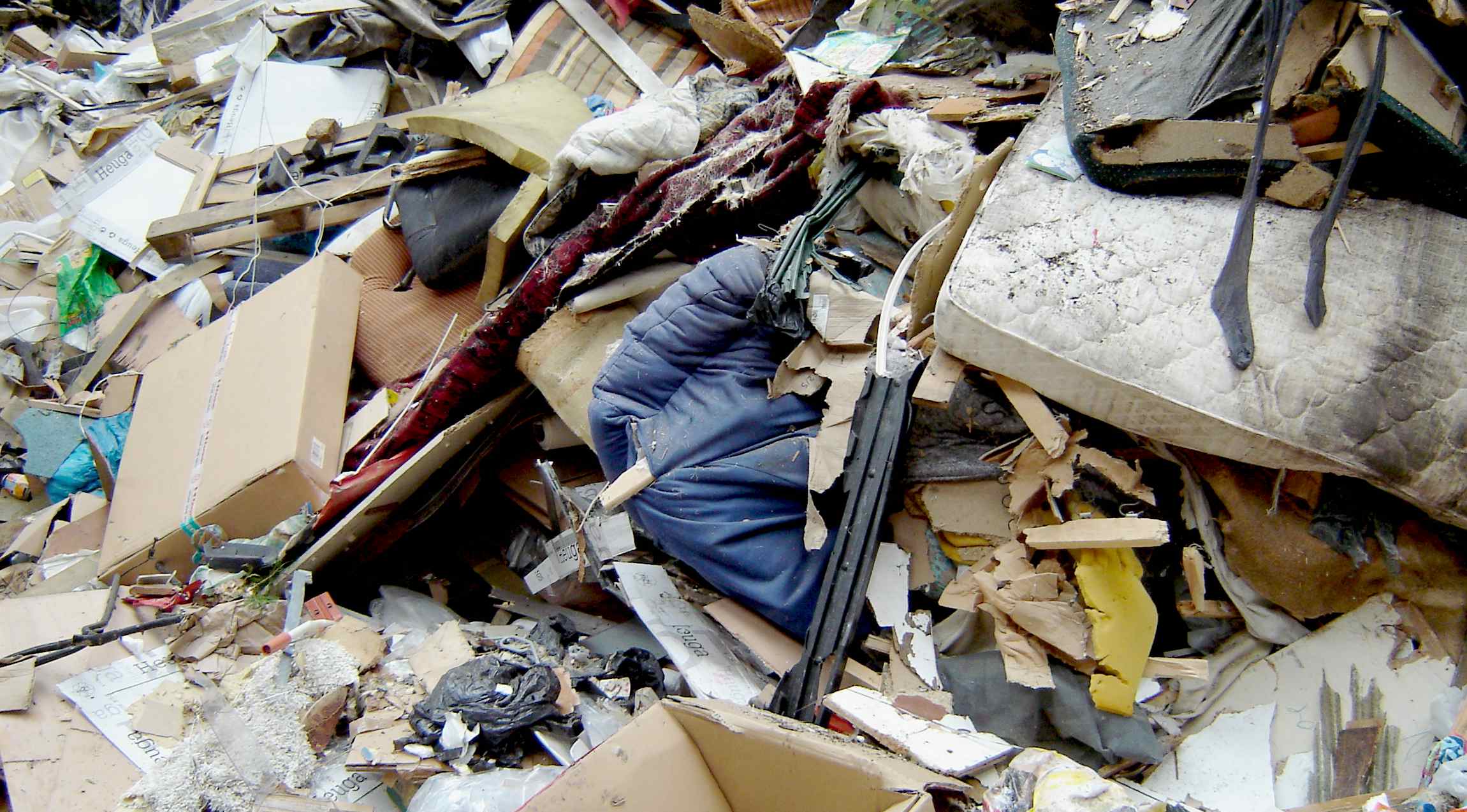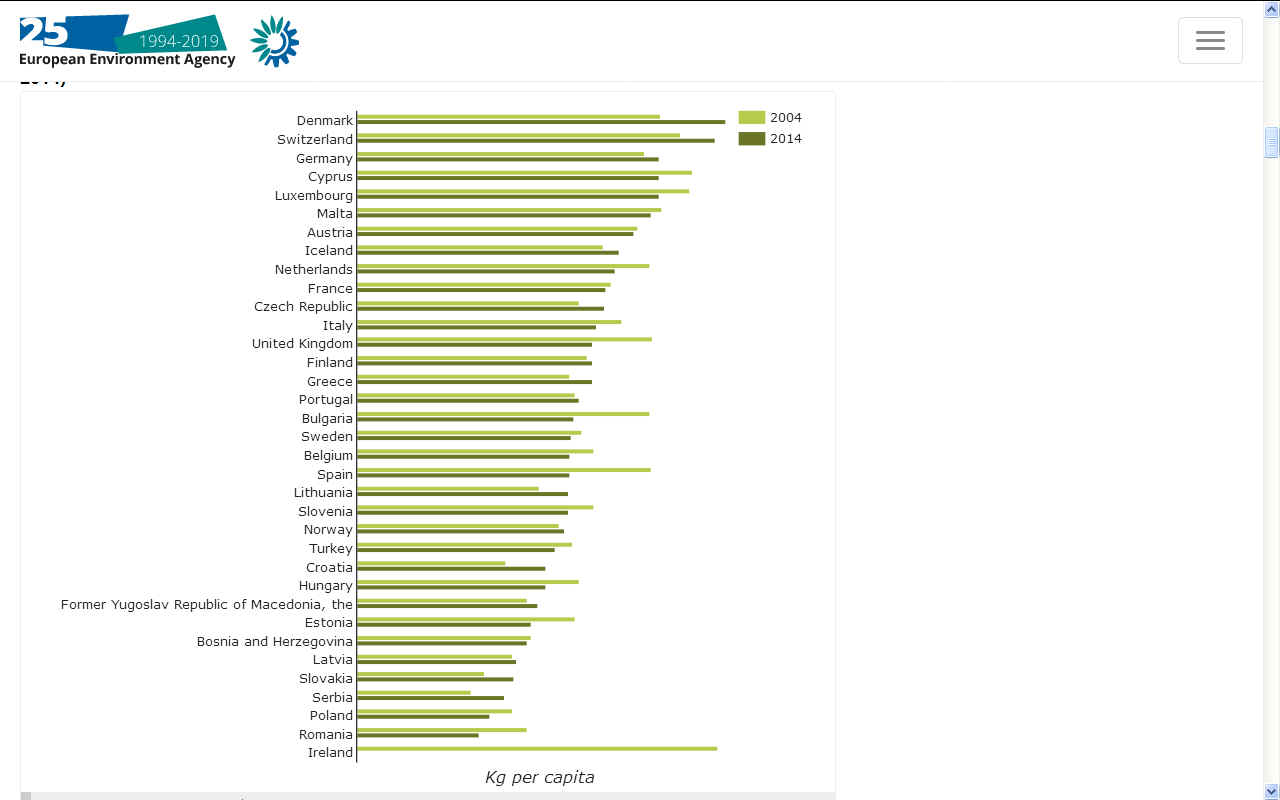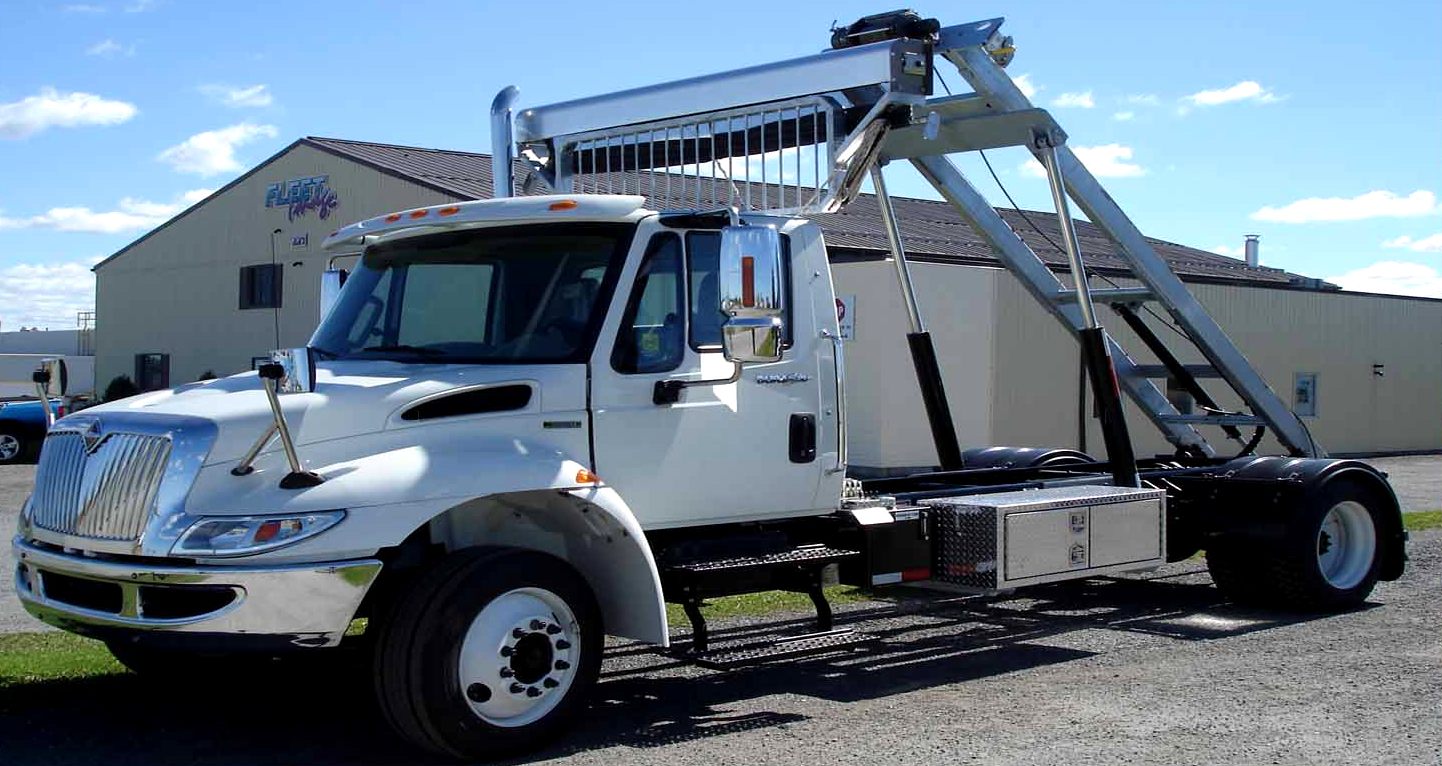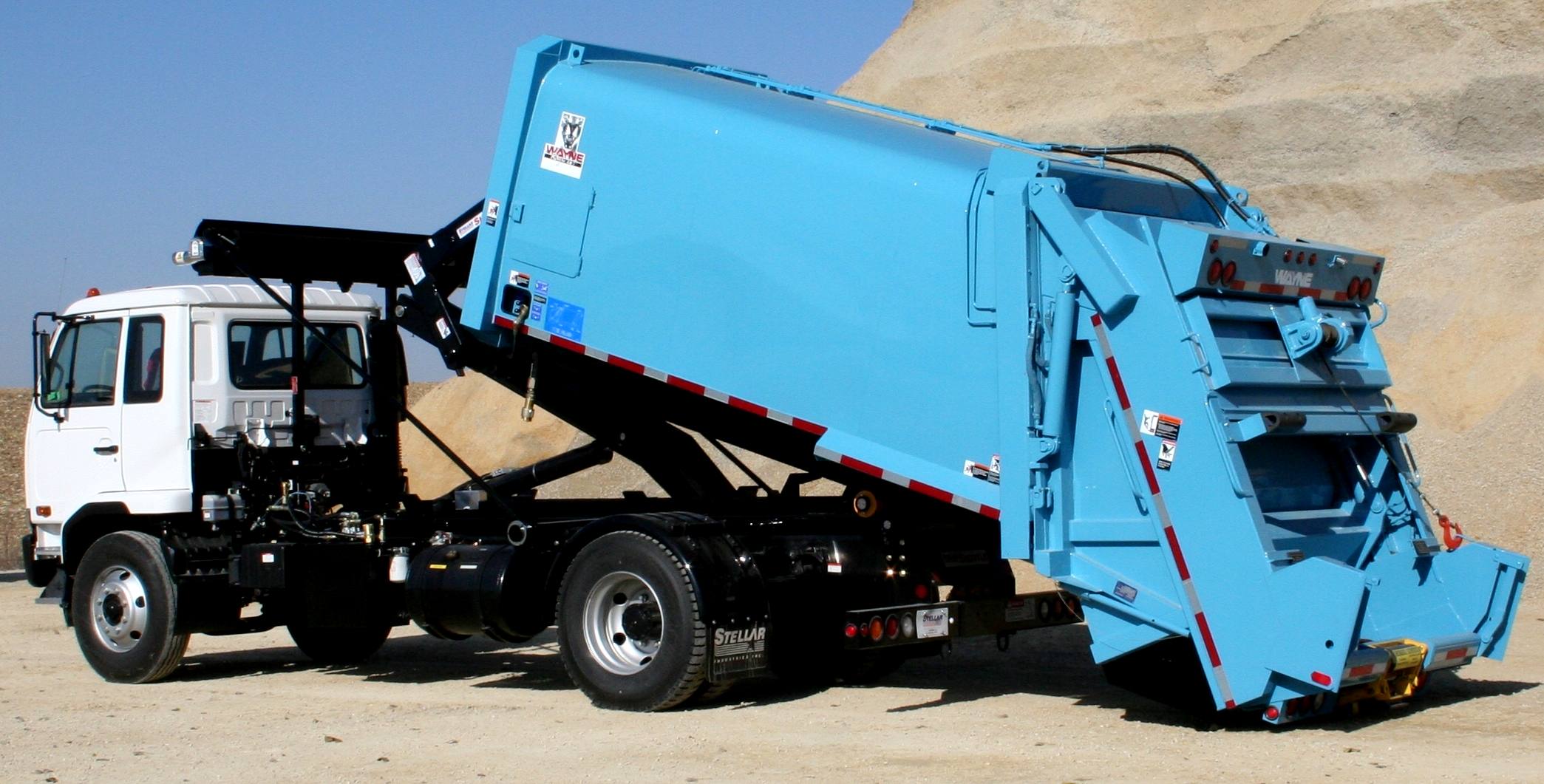|
MUNICIPAL WASTE MANAGEMENT PLEASE USE OUR A-Z INDEX TO NAVIGATE THIS SITE
|
MARINE LITTER - In the US waste is known as garbage or trash. In the UK it is called rubbish. No matter what you call it, a percentage of land based litter finds its way into the ocean via rivers and beaches, but nobody is dealing with it at the time of writing in June of 2019.
Dealing with Municipal Solid Waste (MSW) is part of our International Public Infrastructure (IPI), an infrastructure that is sadly missing in several areas to include land waste management and the interface between land and sea, rivers and beaches, etc. We are also missing a replacement energy infrastructure for the change over from fossil fuels to electricity for transport, by way of example.
MSW is commonly known as trash or garbage in the United States and rubbish in Britain. It is waste consisting of everyday items that are discarded by the public. "Garbage" can also refer specifically to food waste, as in a garbage disposal; the two are sometimes collected separately.
In the European Union, the semantic definition is 'mixed municipal waste,' given waste code 20 03 01 in the European Waste Catalog.
Although the waste may originate from a number of sources that has little to do with a municipality, the traditional role of municipalities in collecting and managing these kinds of waste have produced the particular etymology: 'municipal.'
The municipal solid waste industry has four components: recycling, composting, disposal, and waste-to-energy via incineration. There is no single approach that can be applied to the management of all waste streams.
In the USA the Environmental Protection Agency, a federal government agency, developed a hierarchy ranking strategy for municipal solid waste.
The Waste Management Hierarchy is made up of four levels ordered from most preferred to least preferred methods based on their environmental soundness: Source reduction and reuse; recycling or composting; energy recovery; treatment and disposal.
They did not include collection, where they already had a system for collection on land. They did not give a moments thought to collection from rivers, coastlines or at sea. And that is why we have Marine Litter and floating garbage islands the size of Texas or France.
SOURCE REDUCTION & REUSE
..
RECYCLING & COMPOSTING
..
ENERGY RECOVERY
..
TREATMENT & DISPOSAL
Collection
Landfills are regulated in the US by the Environmental Protection Agency, which enforces standards provided in the Resource Conservation Recovery Act, such as requiring liners and groundwater monitoring. This is because landfills pose the threat of pollution and can intoxicate ground water.
The signs of pollution are effectively masked by disposal companies and it is often hard to see any evidence. Usually landfills are surrounded by large walls or fences hiding the mounds of debris. Large amounts of chemical odor eliminating agent are sprayed in the air surrounding landfills to hide the evidence of the rotting waste inside the plant.
COMPOSITION
The composition of municipal solid waste varies greatly from municipality to municipality, and it changes significantly with time. In municipalities which have a well developed waste recycling system, the waste stream mainly consists of intractable wastes such as plastic film and non-recyclable packaging materials.
At the start of the 20th century, the majority of domestic waste (53%) in the UK consisted of coal ash from open fires. In developed areas without significant recycling activity it predominantly includes food wastes, market wastes, yard wastes, plastic containers and product packaging materials, and other miscellaneous solid wastes from residential, commercial, institutional, and industrial sources.
Most definitions of municipal solid waste do not include industrial wastes, agricultural wastes, medical waste, radioactive waste or sewage sludge. Waste collection is performed by the municipality within a given area. The term residual waste relates to waste left from household sources containing materials that have not been separated out or sent for processing.
EU
POLICIES & TARGETS
A
recycling rate is defined as material from municipal waste recycled divided by municipal waste generated.
PAY AS YOU THROW
- PAYT
MENACE FROM LAND MISMANAGEMENT
Marine litter is a menace, the by product of poor waste management from humand on land.
DO WE HAVE ALTERNATIVES ? - Not as far as we know. That would involve planning ahead. If our leaders planned ahead for Planet A and Ocean A we would not need an Ocean B, or a Planet B.
THE CONSEQUENCES OF NOT CARING
Man made flotsam accumulates in 5 swirling ocean garbage patches called gyres. The largest gyre is the Great Pacific Garbage Patch, located between Hawaii and California.
If left untreated, the plastic in these gyres will impact our ecosystems, health and economies. This is a major problem now recognized by Governments. Solving the crises demands a combination of tackling the source and cleaning up what has already accumulated in the ocean.
https://www.eea.europa.eu/themes/waste/municipal-waste http://www.ontrux.com/
|
|
PLEASE USE OUR A-Z INDEX TO NAVIGATE THIS SITE
ABS - BIOMAGNIFICATION - CANCER - CARRIER BAGS - COTTON BUDS - DDT - FISHING NETS - HEAVY METALS - MARINE LITTER - MICROBEADS MICRO PLASTICS - NYLON - OCEAN GYRES - OCEAN WASTE - PACKAGING - PCBS - PET - PETROLEUM - PLASTIC - PLASTICS - POLYCARBONATE POLYOLEFINS - POLYPROPYLENE - POLYSTYRENE - POLYTHENE - POPS - PVC - SHOES - SINGLE USE - SOUP - STRAWS - WATER
|
|
This website is
provided on a free basis as a public information service. copyright © Cleaner
Oceans Foundation Ltd (COFL) (Company
No: 4674774) 2019. Solar
Studios, BN271RF, United Kingdom.
COFL is
a company without share capital whose founding objects are charitable.
|
